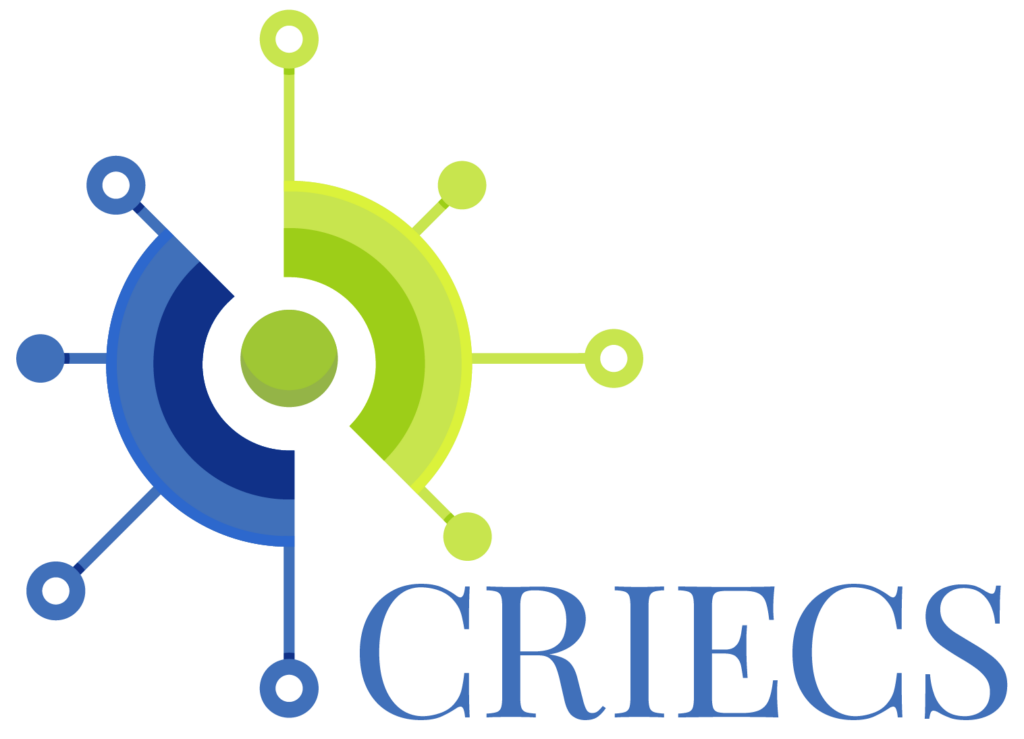In recent years, the food packaging industry has been at the center of a crucial transformation, driven by the need to reduce the environmental impact of traditional plastics. Among the most innovative solutions, edible packaging is emerging strongly — packaging made from natural materials that are safe for humans and, in many cases, edible. These wrappers can be consumed along with the product or disposed of without generating waste, as they biodegrade very quickly.
Edible packaging uses ingredients such as seaweed, rice paper, milk proteins, or vegetable waste, offering immediate environmental benefits and a new food experience. They are capable of protecting and preserving food by slowing oxidation and extending shelf life — all without the use of plastic. Moreover, they are often produced from renewable raw materials or agri-food waste, resulting in a reduced environmental impact even during production.
Examples and global applications
The sector is booming worldwide. The London-based startup Notpla has created edible water bubbles made from seaweed, distributed during the London Marathon as an alternative to plastic bottles. In the USA, Loliware offers fully compostable seaweed-based straws. In Italy, Packtin is developing edible spray gels to preserve fruit, while the UK’s Gousto has introduced packaging made from pea protein for meal kits and stock cubes. Lidl Switzerland, in collaboration with the Empa laboratories, is also experimenting with cellulose films to coat fruit and vegetables.
Challenges facing edible packaging
However, edible packaging still faces significant challenges before it can be adopted on a large scale. First and foremost, production costs remain high compared to traditional packaging, due to the complexity of research, development, and manufacturing processes. This poses a real obstacle to the economic competitiveness of the product.
Additional logistical and technical issues are also present, particularly regarding storage and transportation: since these materials are often sensitive to humidity, heat, or light, appropriate storage and distribution systems are required. Furthermore, in many cases, the moisture and oxygen barrier performance of edible packaging still does not match that of plastic, limiting its use for certain fresh or liquid foods.
Another barrier is cultural. Not all consumers feel ready to eat packaging, especially without clear guarantees regarding its hygienic and sanitary safety. Overcoming skepticism and ingrained habits will take time and effective communication.
A look to the future
Despite these challenges, edible packaging represents a real and necessary frontier for sustainable food systems. If companies succeed in overcoming the current technical, economic, and cultural barriers, it is plausible that these solutions could soon become a stable part of mainstream retail, becoming integrated into our daily habits. This would pave the way for a more circular, innovative, and responsible food model — one that combines environmental protection with new consumer experiences.




